Really, the first BMW 3 Series went on sale in 1966, and had it been called by that name, we’d be celebrating its half-century next year.
The car that set the template for what today remains by far BMW’s most successful and important car was called, according to engine, the 1502, 1602, 1802 or 2002.
The new 3 Series has been unveiled - get your first look here
It took BMW, which was still recovering from being close to collapse in the 1950s, and set it on the course to becoming the massively respected global player it is today.
It was the 2002 that brought to market a state-of-the-art compact saloon that not only made sense for the family but also appealed to the driver, and it was the 2002 that, with the introduction of the Tii and Turbo, pioneered the concept of the ultra-sporting small BMW saloon.
These, in all but name, were the actual first M cars. History does not recall it as such, but it is the 2002 that was the true hero of this story, but because of a change of naming strategy, it must now prematurely depart the scene.
But not before it had proved the concept and made massively easier the job of designing its successor. It arrived 40 years ago and was known internally as the E21 but to everyone else very simply as the 3 Series.
These cars were all two-door saloons, which sounds like a contradiction in terms these days, but back then that was simply how it was done in that size category.
In mechanical terms, they broke no new ground but were robustly built and engineered and featured an all-new interior with some of the clearest, best-looking instruments ever to be fitted to a road car, elements of whose design can still be found in BMWs today.
The early E21 cars were actually quite clunky, with their four-cylinder, carb-fed motors and limited performance, but they quite quickly got a lot more interesting with the introduction of fuel-injected six-cylinder engines of 2.0-litre and 2.3-litre capacity and the kind of options you just don’t find today, including a limited-slip differential and a close-ratio gearbox.
And the 143bhp 323i needed both, because not only was its engine quite peaky, but its semi-trailing arm rear suspension also made it want to oversteer pretty much everywhere, especially in the wet. It was hugely successful and set BMW thinking that maybe that fast 3 Series idea was a theme worth developing.
By the standards of the day, the E21 didn’t last that long. It was replaced in 1982 by the E30, which was probably the most significant of all 3 Series generations.
Whereas the E21 had been offered as a two-door saloon only (although Baur made convertible versions), closed E30s would in time be offered with two, four and, in Touring form, five doors and the convertible would be brought in- house.
This was the first generation of 3 Series to be fitted with diesel engines and, most significant of all, it was the E30 platform that hosted BMW’s first volume-built M car, the M3 regarded by many to this day as the finest car BMW has ever built.
For those unwilling or unable to go the whole hog, BMW produced other, less powerful yet still superb driving machines on this chassis, including the 325i and still very underrated 318iS, which, with its twin-cam, four-valve 1.8-litre engine, rightly earned the reputation as being an M3 for those who couldn’t afford an M3.
The E30 spent a decade in production and was replaced by the E36 in 1992, a car that will never receive the same plaudits as the E21 or E30 but which was, in fact, probably a finer effort than either. Until then, the 3 Series had always been fun and sufficiently quiet and comfortable to fit into family life, but priorities changed subtly for the E36.
Although the car remained more dynamic by far than the Mercedes-Benz 190 and the Mercedes-Benz C-Class that would appear during the E36’s lifetime, it also reached a level of sophistication that no previous 3 Series would recognise.
Partly this was due to greater interior space and dramatically improved materials lending the car a new sense of occasion and maturity, but the perhaps bigger yet hidden change was the deletion of semi-trailing arm rear suspension and the adoption of BMW’s multi-link Z axle. True, it meant less oversteer for the drift jockeys, but the seven-league leap in ride quality and stability was of rather greater use.
E36 cars had their detractors, none more so than the M3, which lost its motorsport-focused four-cylinder motor and on-the-limit feel and crispness, but for most people this was not only the best 3 Series yet but also the best small saloon (or coupé, hatch, estate or convertible) in the world.
Which is why the E46 that replaced it in 1998 was entirely evolutionary in approach and, in that respect, the complete antithesis to the clean-sheet design that had been the E36 in 1992. The platform was new but, architecturally, very much informed by that of its predecessor.
No more body configurations were added as BMW focused on optimising the earlier design by improving aerodynamics, reducing weight and increasing torsional rigidity. Few thought the E36 in any need of replacement, so the success of the E46, which was better in all respects that mattered, was assured.
However, it did herald major developments. This was the era in which diesel power went from being a novelty niche performer to a major player and the E46 introduced the 320d, a car capable of close to both 130mph and 50mpg, a combination never seen in a road car before, and the 330d, a diesel car that would hit 62mph in less than 8.0sec and reach more than 140mph, numbers unimaginable for any diesel car just a few years earlier.
This was also the generation in which BMW sought to re-establish the credentials of the M3. Out went the slow-selling saloon version and in came a 3.2-litre motor that hit 8000rpm and developed a stunning 343bhp without a turbo in sight.
There was BMW’s first production SMG paddle-shift transmission (better in theory than practice) and, perhaps most significant of all, the M3 CSL, which dropped 110kg in weight, added a carbonfibre roof, featured stiffer suspension and gained a 16bhp power hike.
Just 1400 were built, although those who missed the boat could get a far more affordable CS that lacked the CSL’s wacky materials and hot engine but retained its steering, brakes and suspension.
By 2005, an entirely new 3 Series was required, but on the basis of not fixing what was clearly not broken, the all-new E90 sought to expand further on the theme of the E36 and E46 without fundamentally changing the formula. The number of bodystyles didn’t change (although the convertible gained a retractable hard-top), but the powertrains offered an ever greater choice of performance and economy options, or blends between the two.
It was the E90 M3 that eschewed the straight six motors of the two previous models for a howling 4.0-litre V8, and it was the E90 that introduced BMW’s most powerful six-cylinder diesel up to that point: the 286bhp 335d, offering as much power from a 3.0-litre diesel as BMW had offered from a 4.4-litre petrol V8 10 years earlier.
And so to the current car, the F30, which in many ways is the most revolutionary 3 Series since the E36. Emissions and economy are now the most important considerations, which is why even a 328i has just four cylinders, sixes being saved for the 335i, 330d, 335d and, of course, the first turbocharged M3, a radical step in its own right.
You can now buy a hybrid 3 Series, a four-wheel-drive 3 Series and a new body shape in the form of the large hatchback 3 Series GT. What you can no longer do, in name at least, is buy a coupé or convertible 3 Series, these now rebadged 4 Series.
The past 40 years have taken the 3 Series on an incredible journey and, en route, provided the bedrock for the success that BMW enjoys today. But although the cars have changed beyond all recognition, the design brief has not.
Then, as now, if you buy a 3 Series, you expect a car that will not only do all the things you require of any everyday compact family car, but also to a standard at least as good as anything else that amount of money will buy. And it will still put a smile on your face, its key USP these past four decades.
While BMW continues to deliver on that promise, it is hard to see the 3 Series doing anything else than continue to be the most coveted car of its kind in the world.
Driving the E30 M3 and F30 320d
Their internal codes may be separated by just one letter, but there’s 30 years between them. In concept, the gulf is perhaps greater still. But that’s precisely what proves the point of those who say the 3 Series was then and is now the greatest car of its kind.
These two are here because, of all the thousands of variants produced over the decades, they are probably our favourites – one a 30-year-old road-going racing car, the other perhaps the most perfectly evolved daily hack there is.
We’re not here with a view to finding a winner because, four-cylinder engines, rear-wheel drive and propellor badging aside, they have remarkably little in common. Except that when you drive the E30 M3, you’ll probably not be out of the car park before becoming infused with a sense of well-being.
It is, of course, partly because you already know that today is going to be one of the better days and that for balance, steering feel and driver involvement, there remains much to be learned from the original M3, even by its modern equivalents. But so, too, are you aware of being in a car that is supremely fit for the purpose for which it was designed. There’s nothing gimmicky about an original M3, nothing there purely for show. It is a product of minds obsessed with engineering excellence first, second and third.
And you can say exactly the same about the diesel F30 saloon. Now, of course, there are any number of 3 – or more likely 4 – Series that can be bought by those more interested in show than go, but while BMW continues to make the staple product, and make it as well as this, we have no problem with that.
A 320d is not flash, but despite all the efforts of Audi and Mercedes over the years, it is the best car in its class, a comment that can be applied to almost all 3 Series for almost all of the 40 years they have been in production, reflecting an ability to stay at the top of its table rivalled perhaps only by the Porsche 911 and Mercedes S-Class.
But although our purpose here is not to compare an E30 M3 with an F30 320d, we can at least use them to shed some light on the progress made in the interim. In 1985, a car designed to homologate a race car made 197bhp from its 2.3-litre engine (86bhp per litre), enough to propel the car to 62mph in 6.7sec and on to 146mph.
In 2015, a car designed to trudge up the motorway has 184bhp from its 2.0-litre diesel engine (92bhp per litre) and will hit 62mph in 7.5sec before reaching the same 146mph. But where the old M3 would do 30mpg at best, the new 320d should do 60mpg with ease.
Get the latest car news, reviews and galleries from Autocar direct to your inbox every week. Enter your email address below:

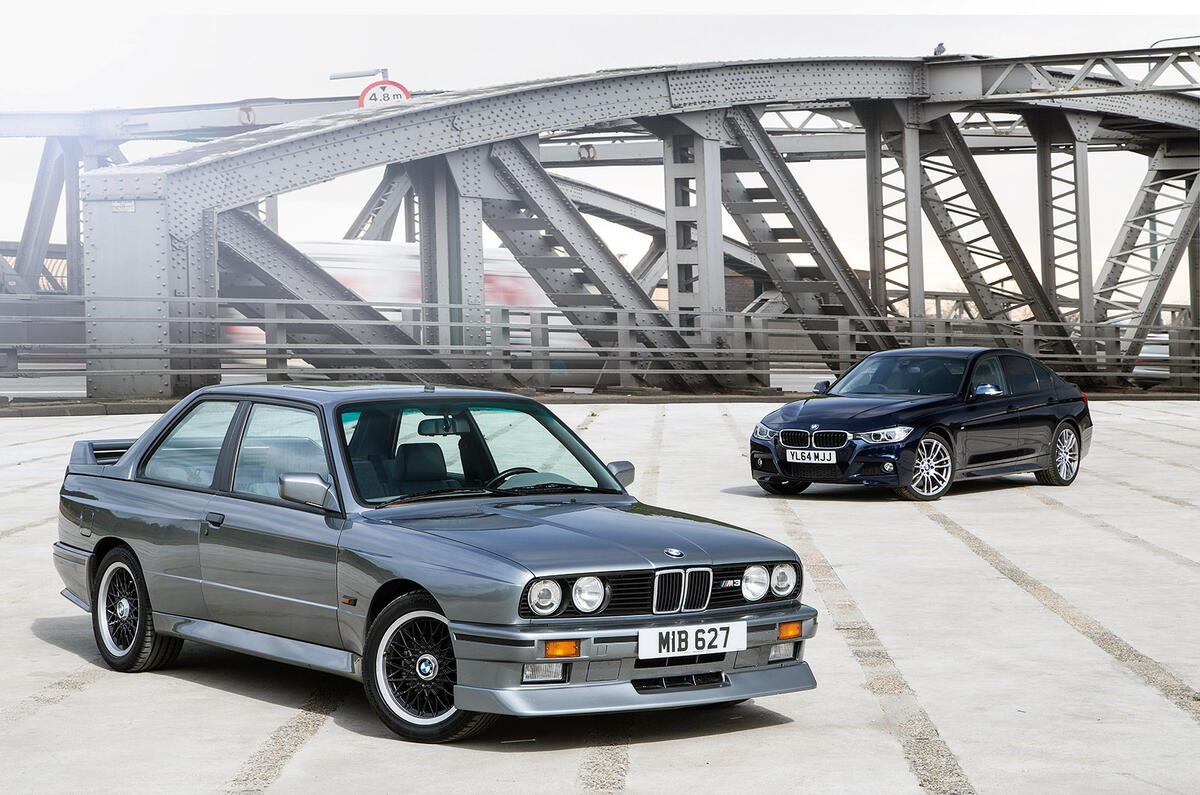
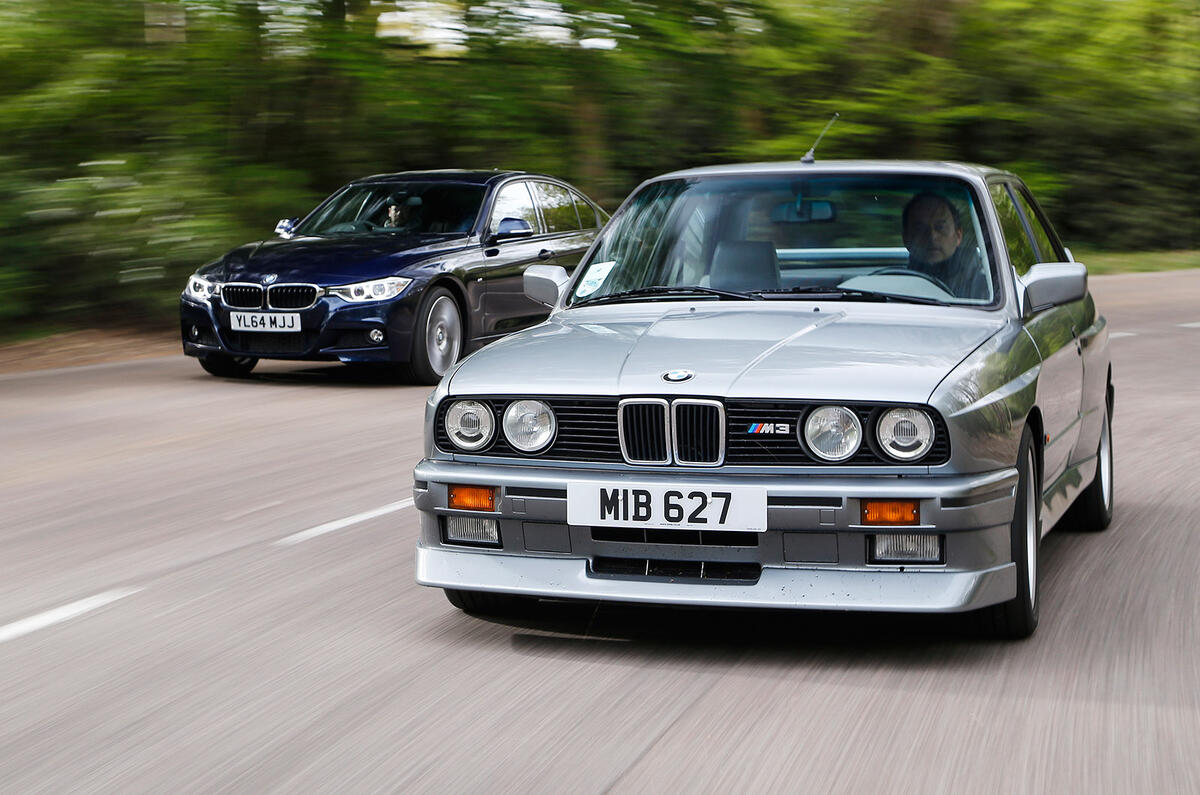
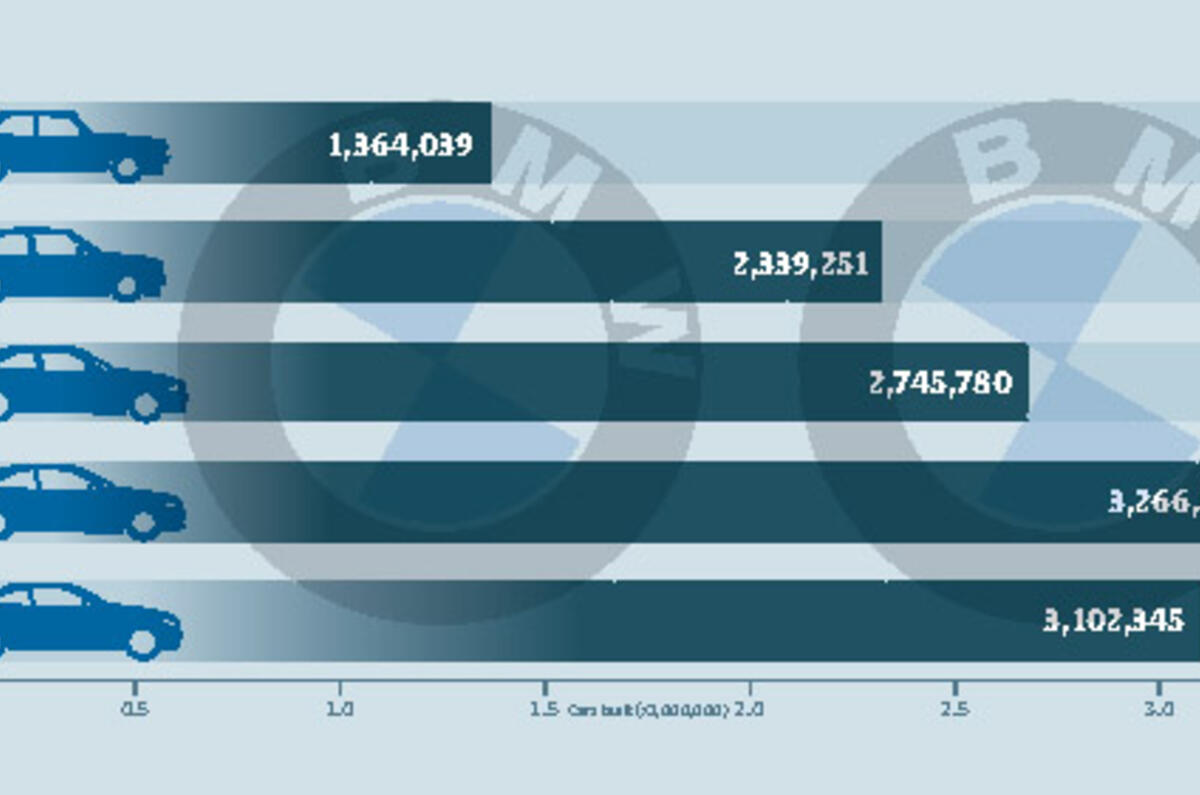
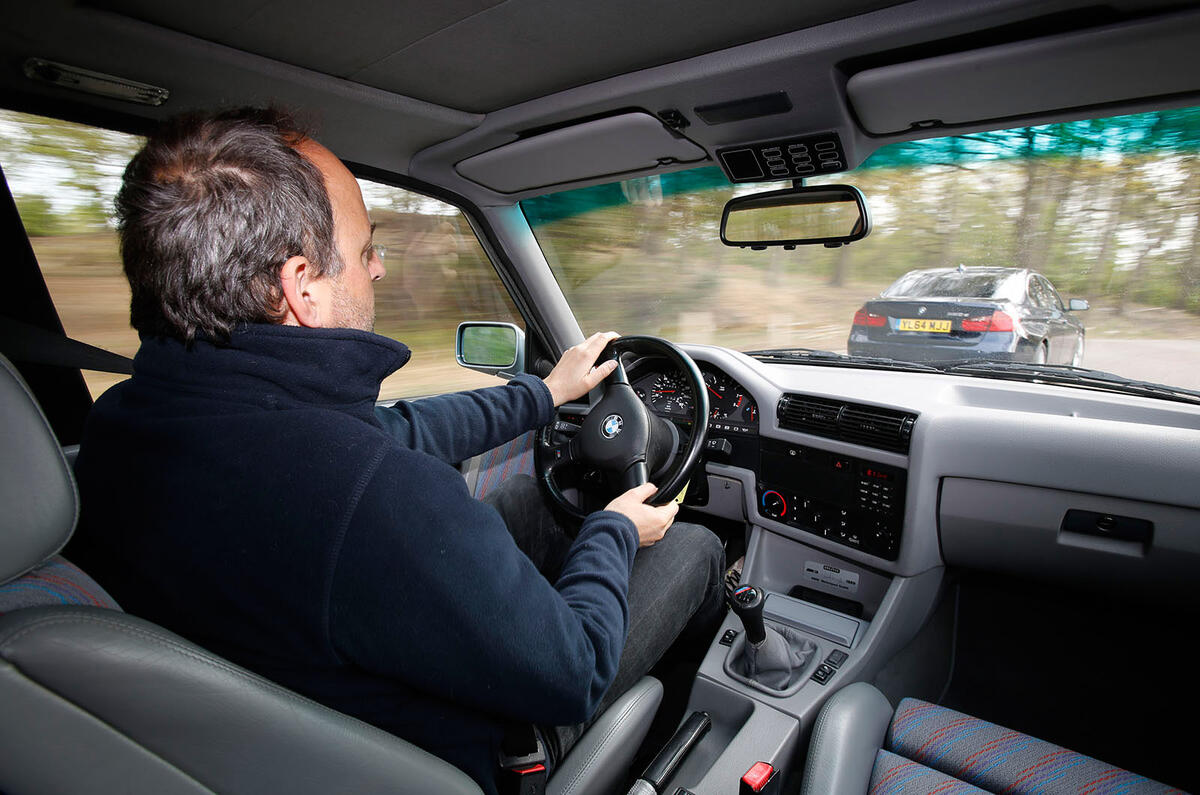
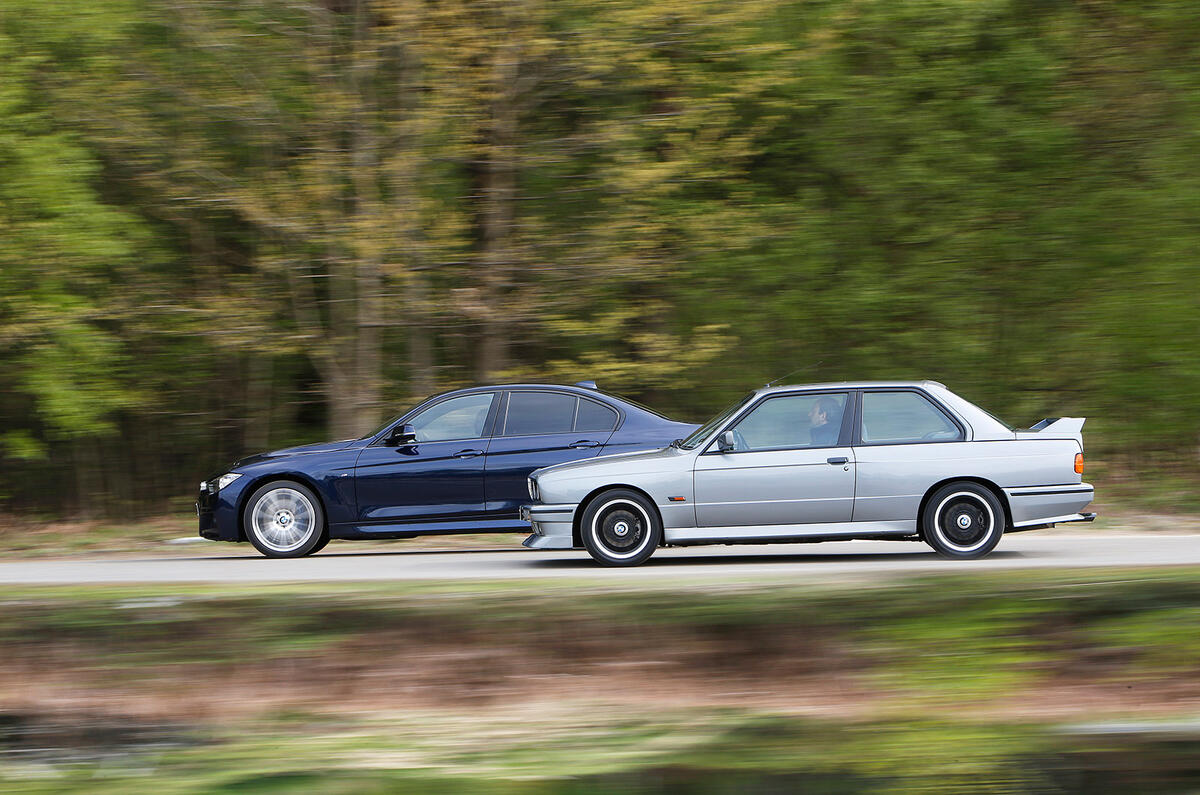
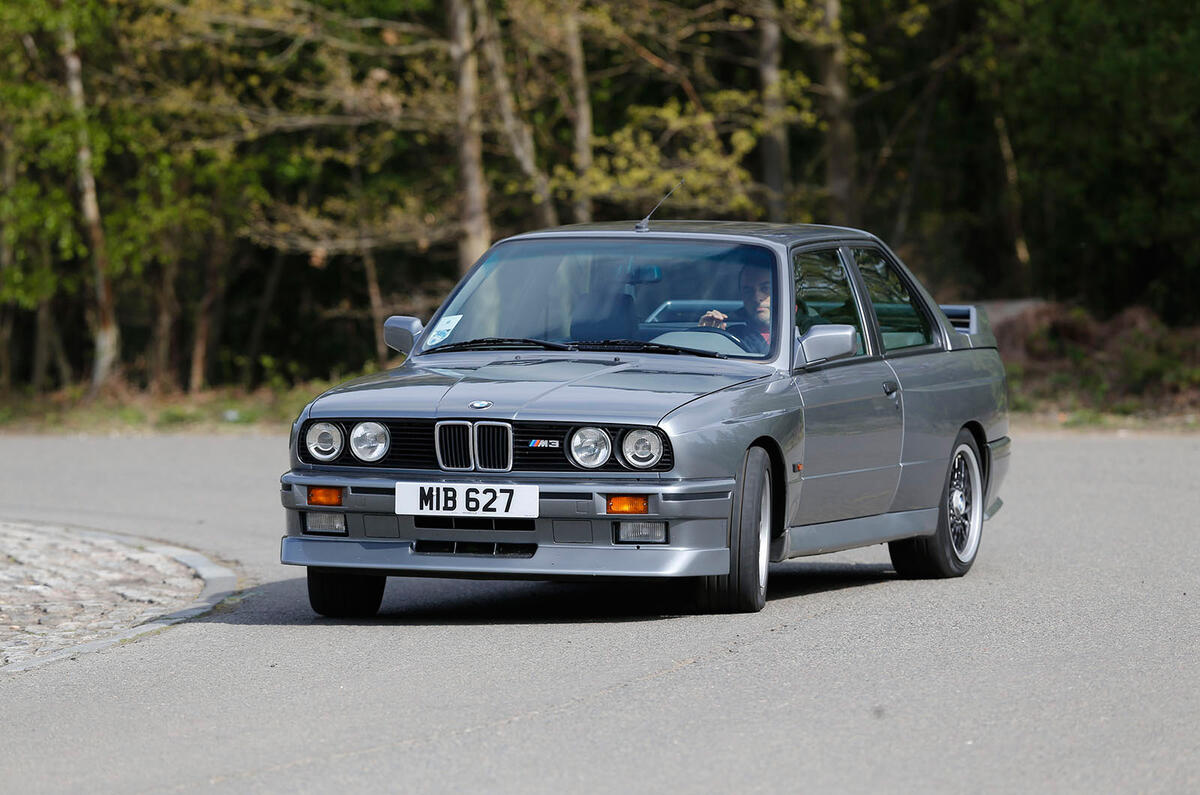
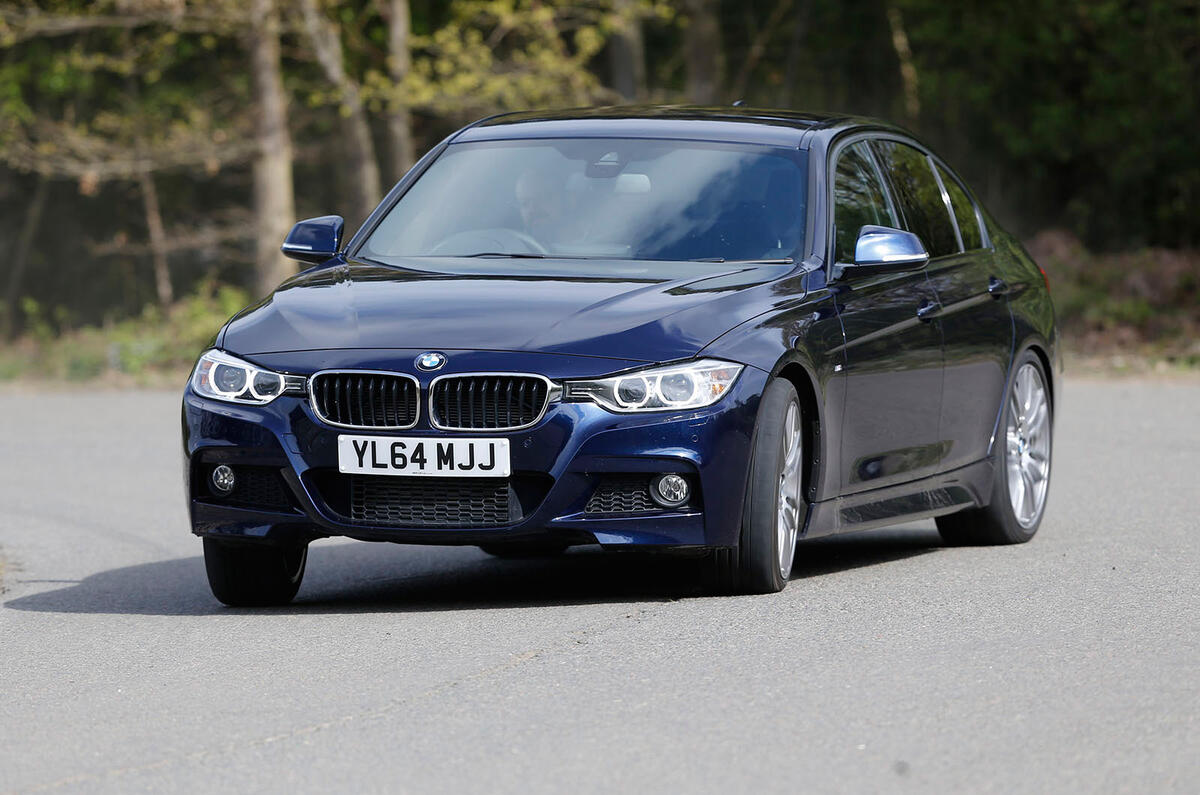
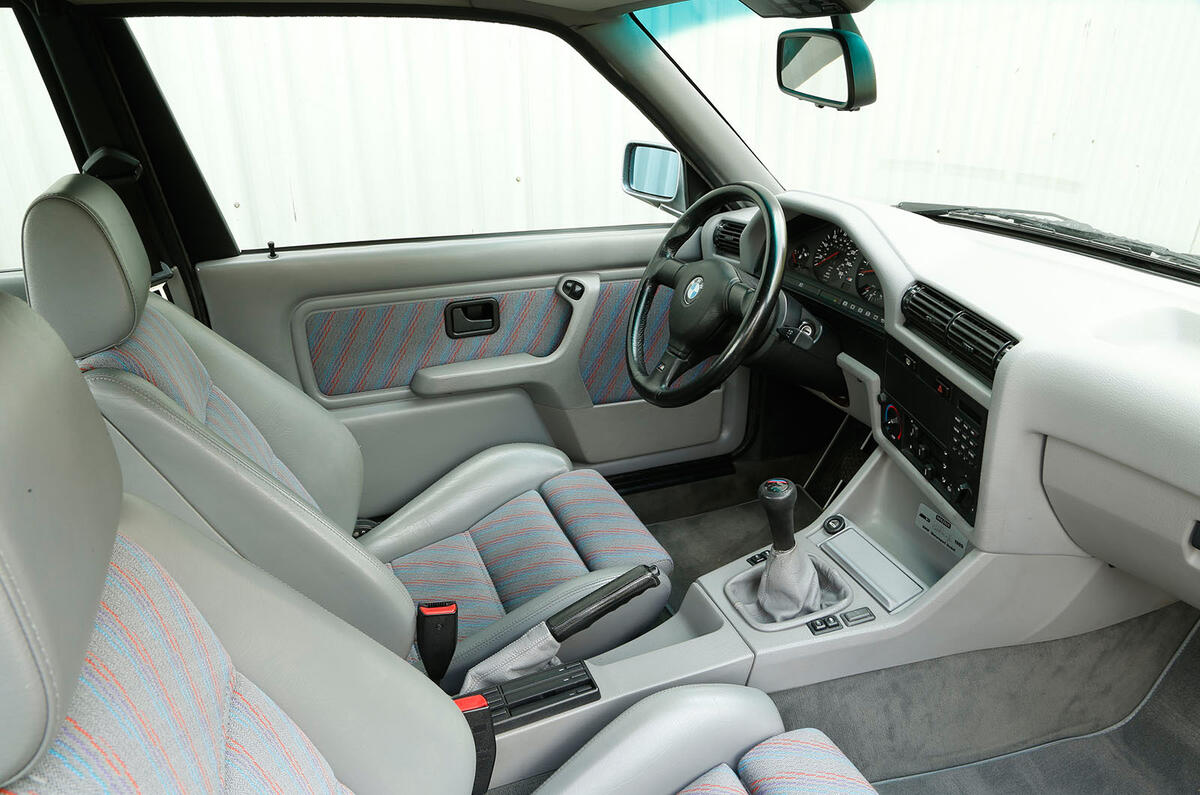

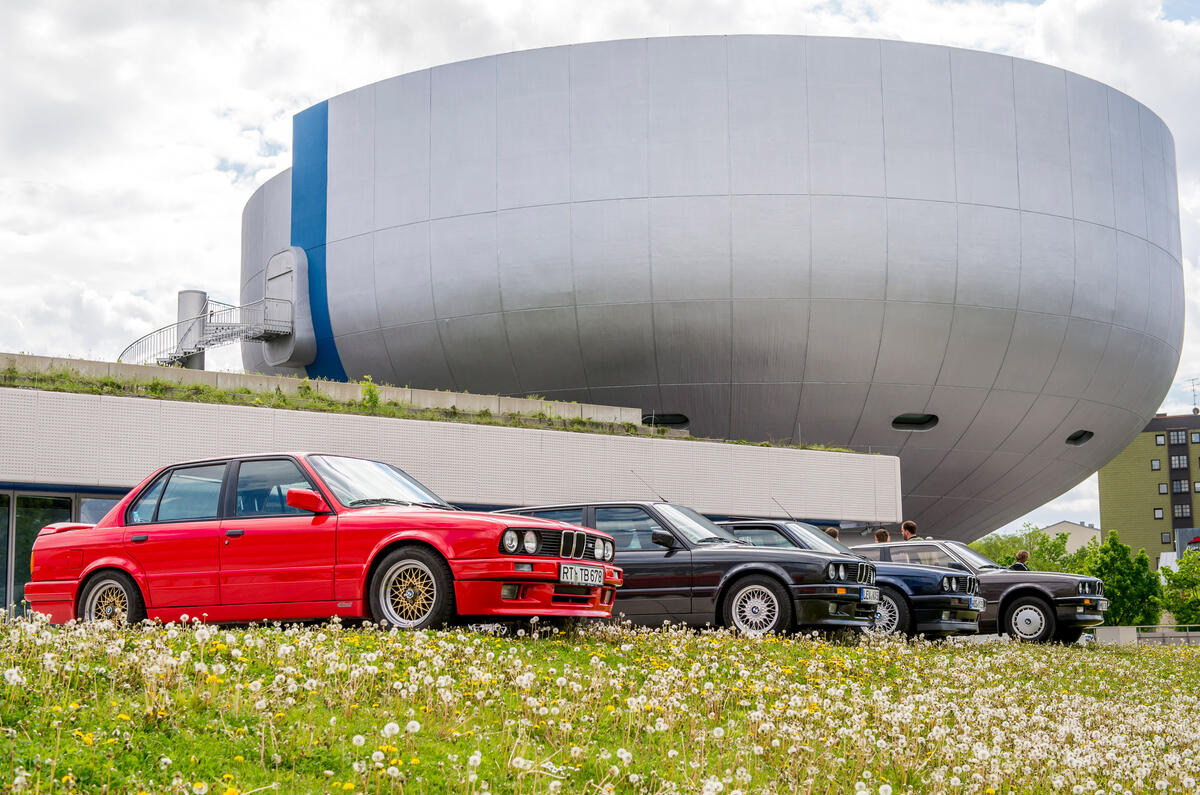
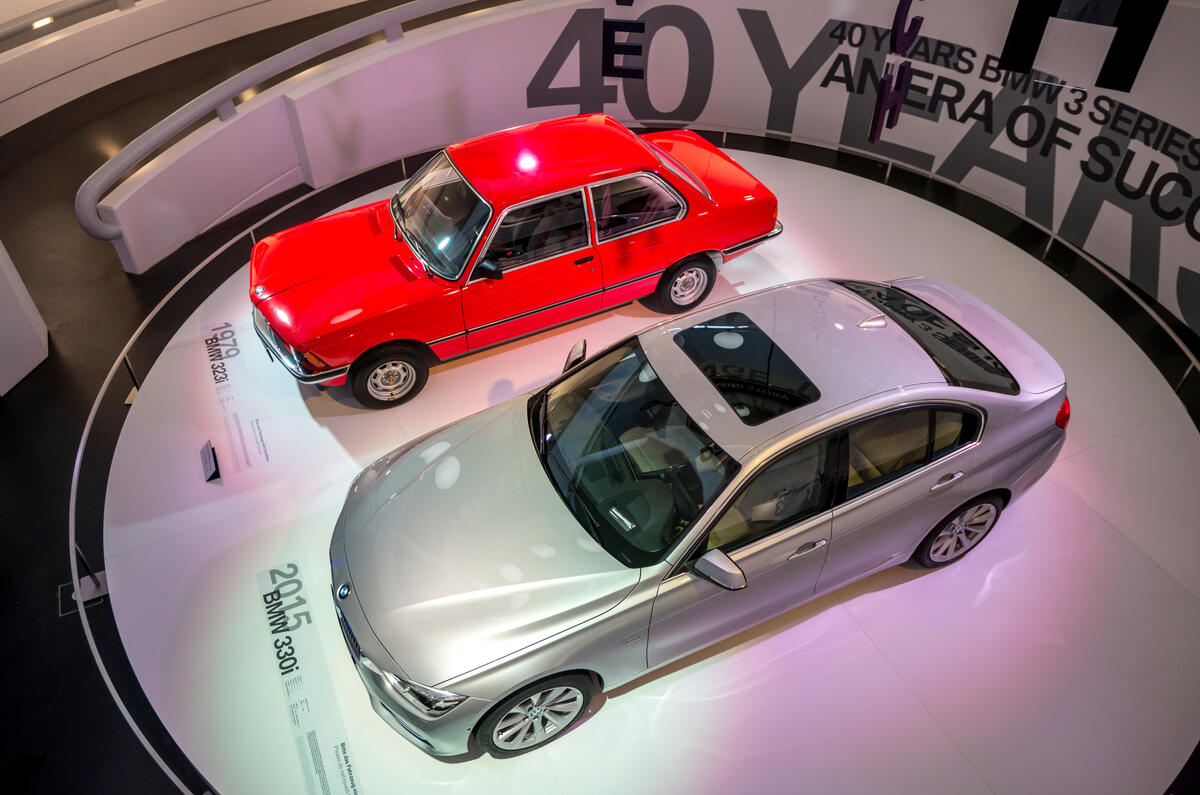
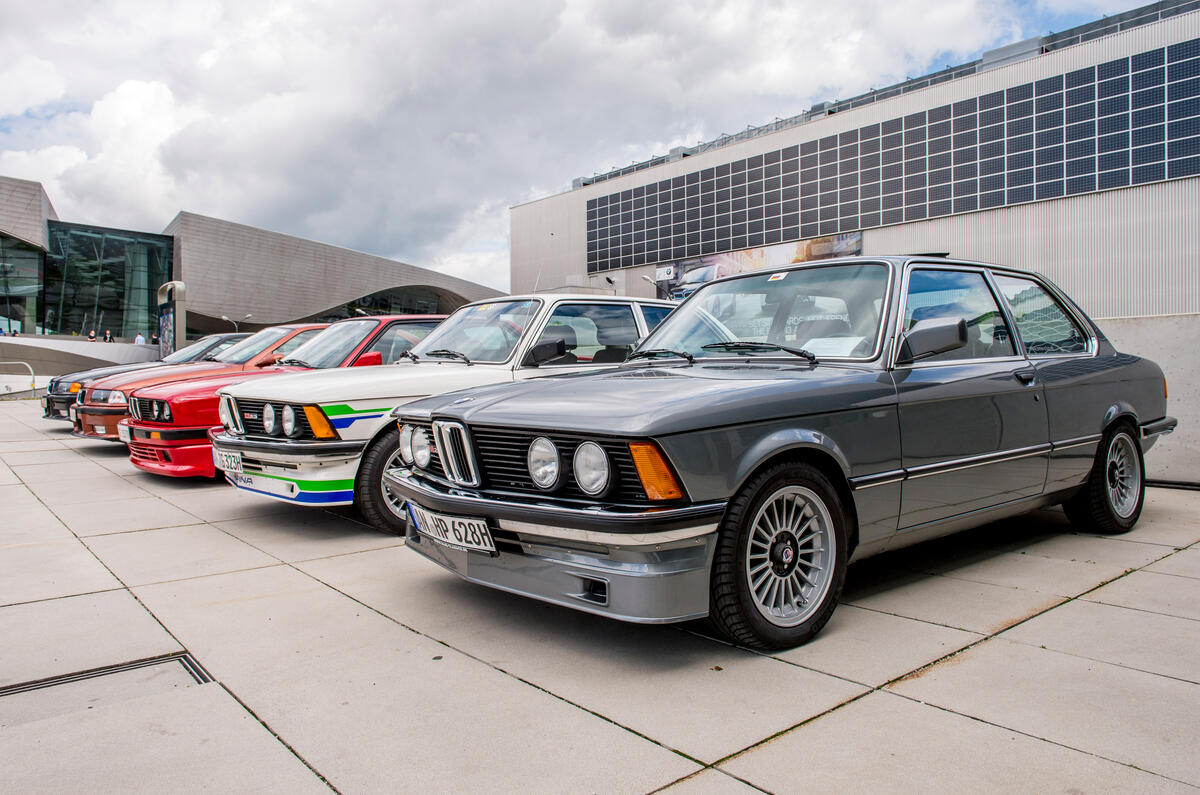


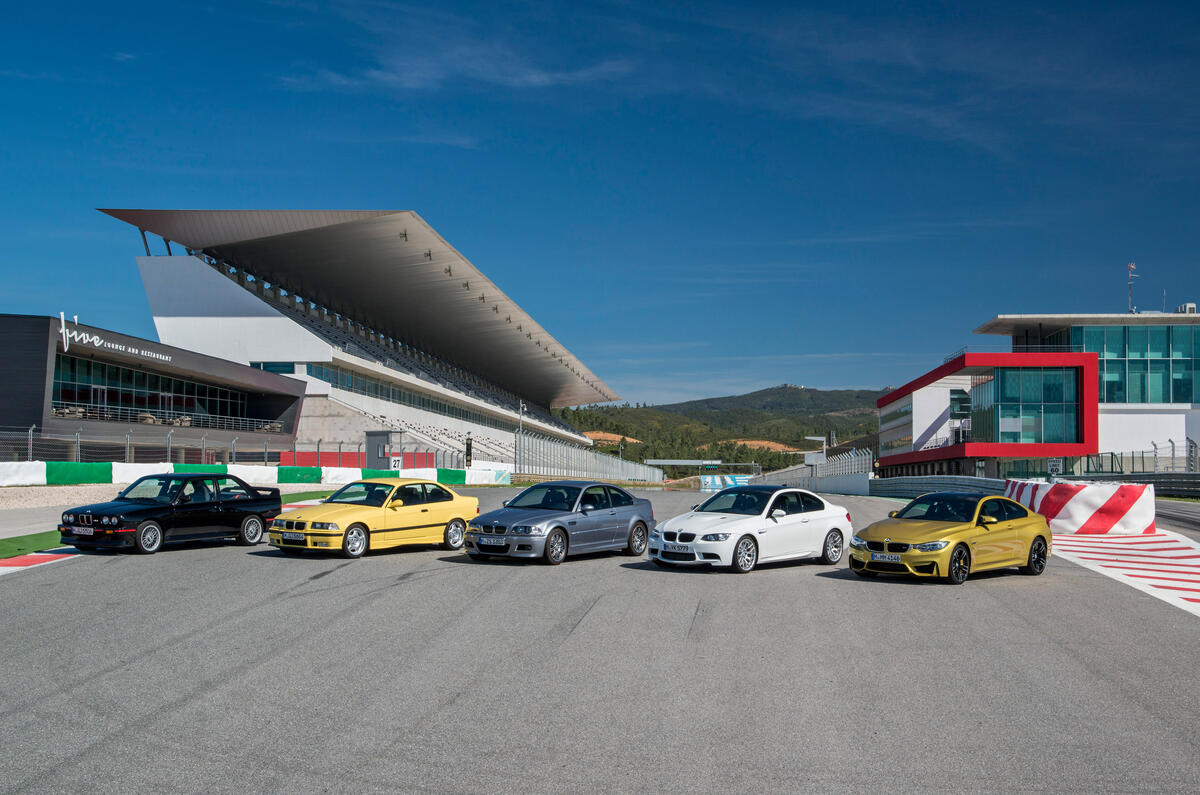
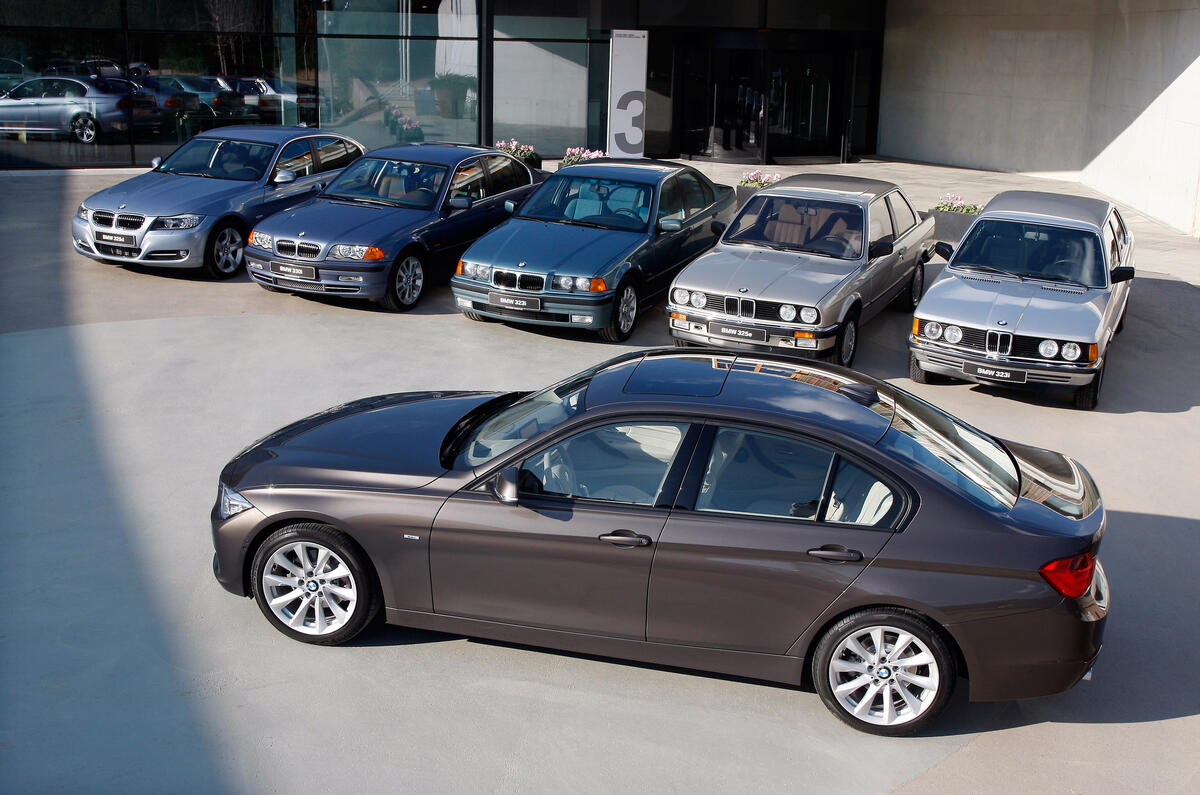
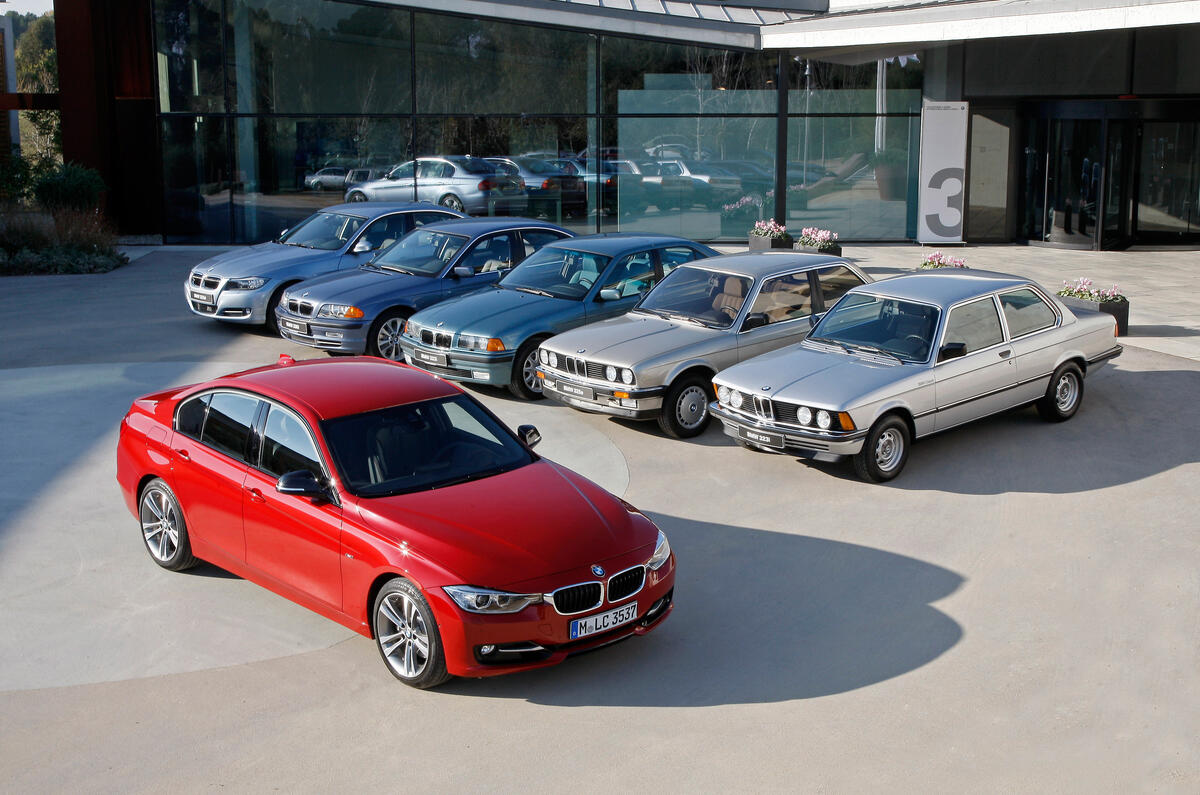
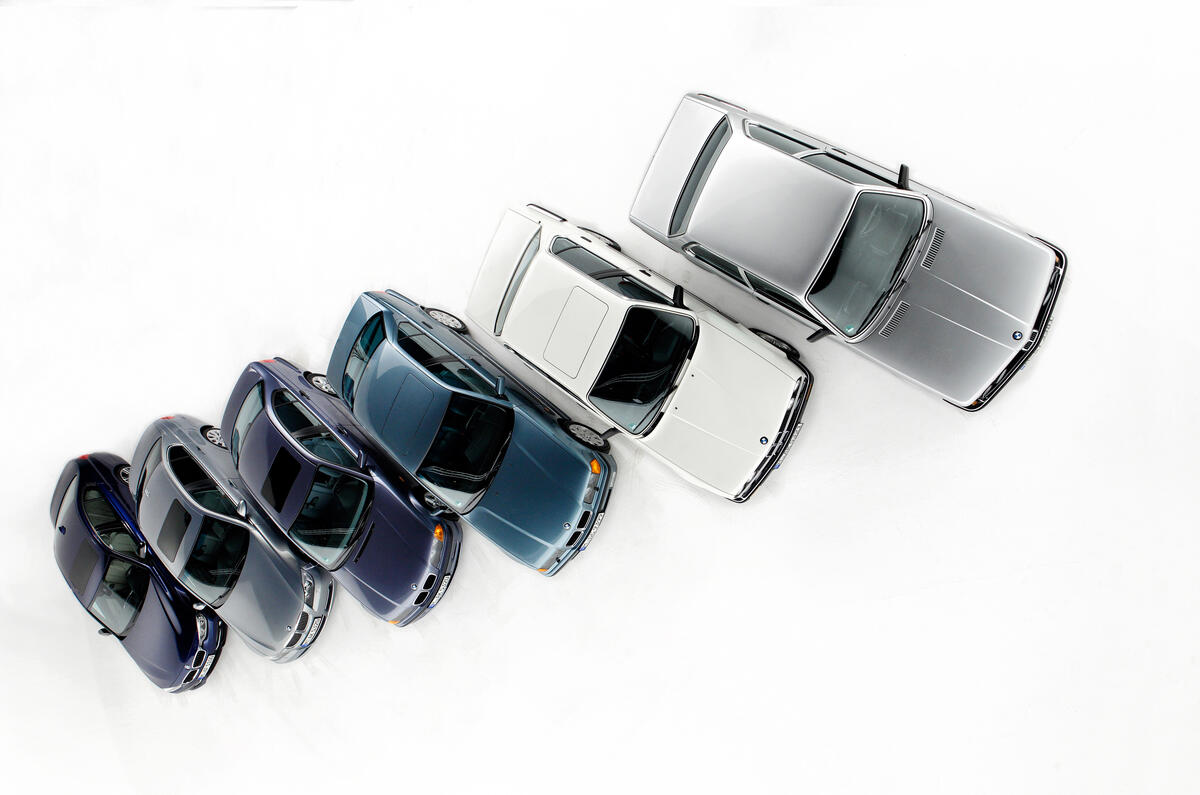
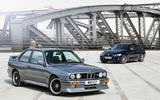
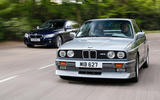
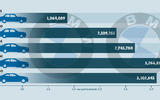
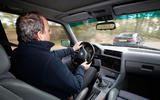
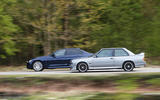
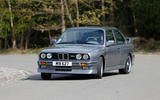
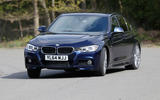


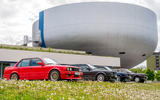
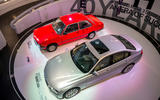
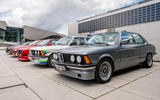
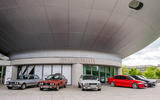
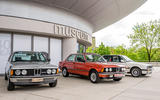
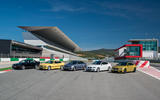
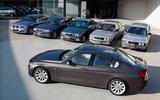
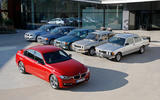
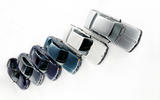


Join the debate
Add your comment
"You can now buy a hybrid 3
A Diesel 3 Series is an insult to the breed
I think the best for ever
They sould make NA L6 rather than celebrate it.
The magic doesn't exist anymore...
Sad days...